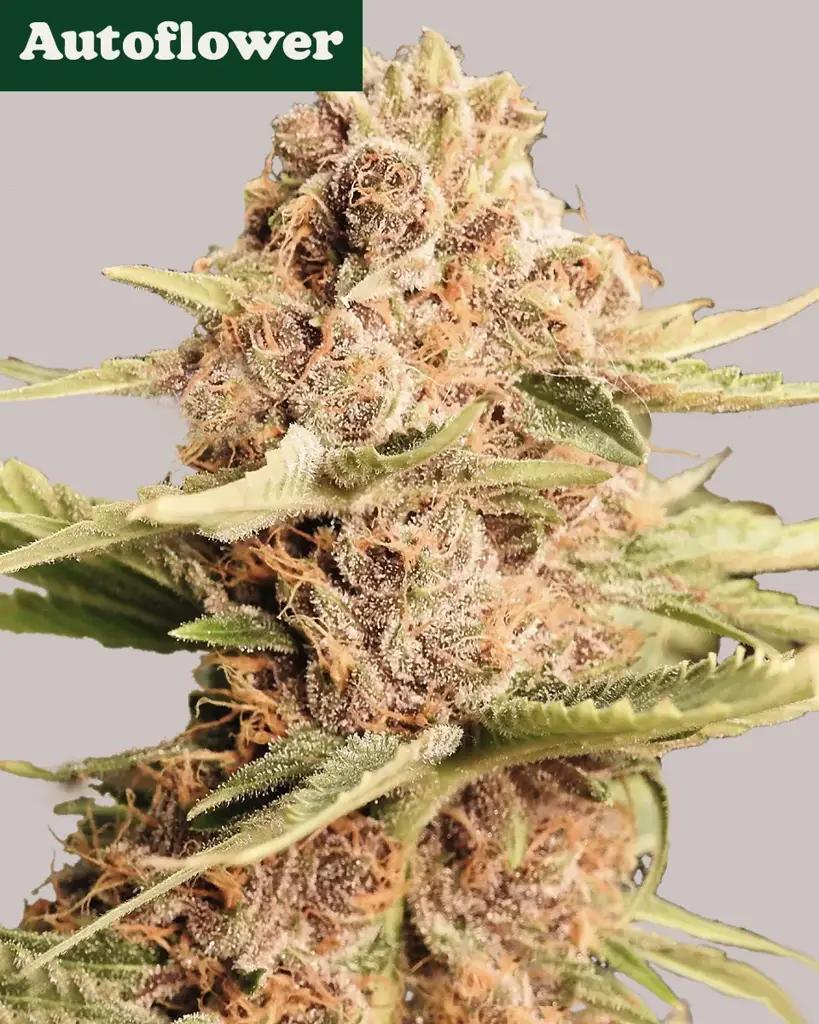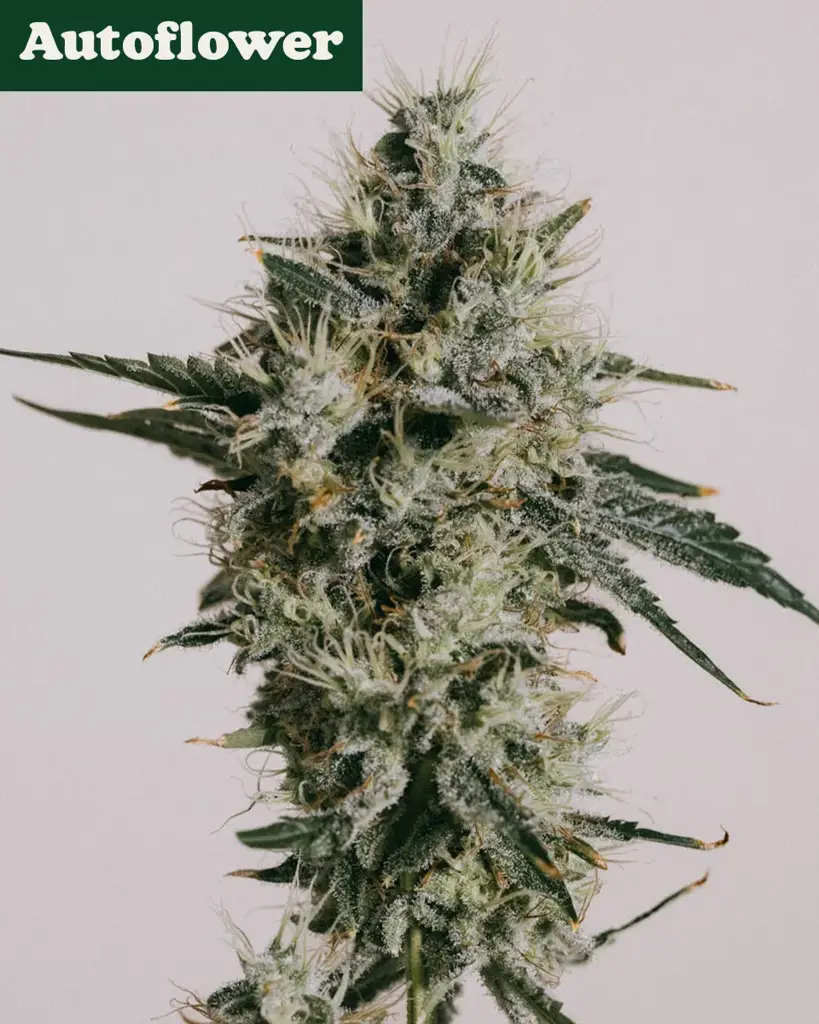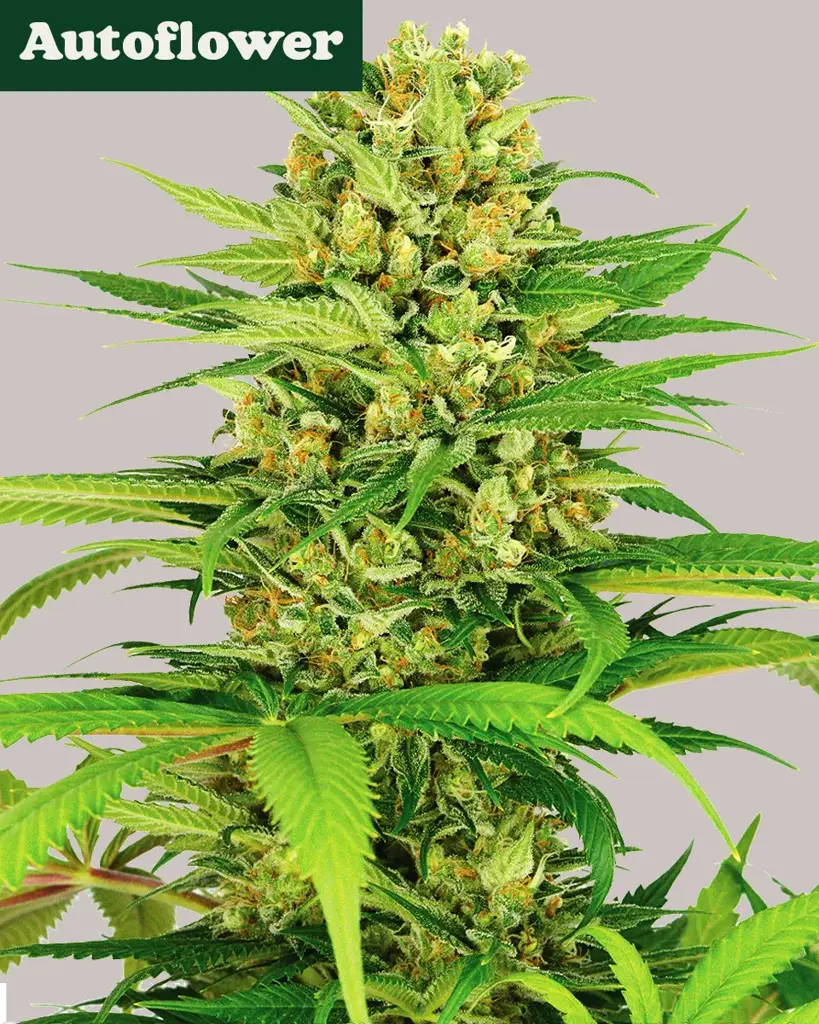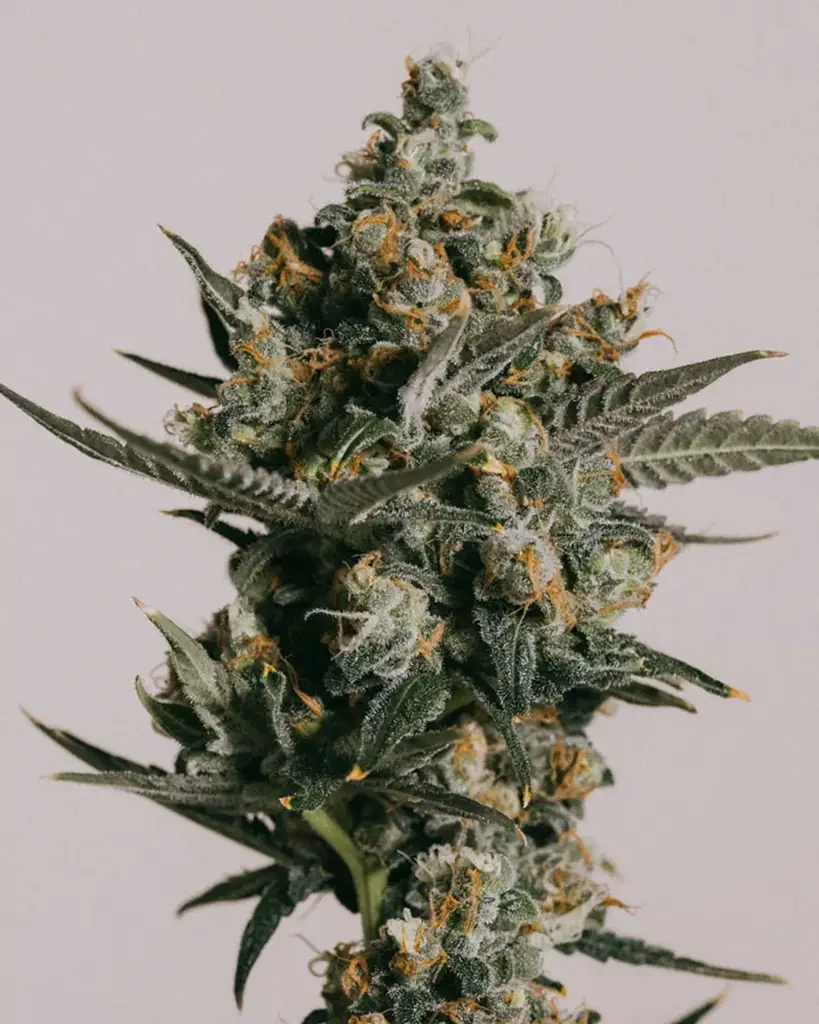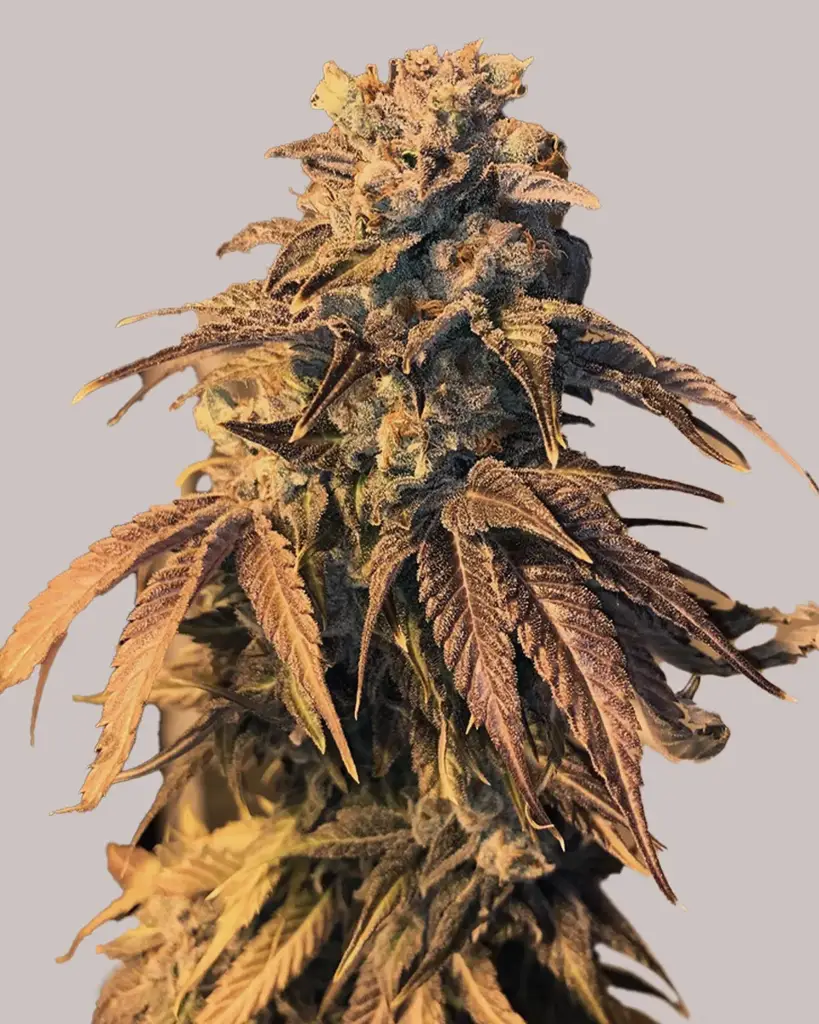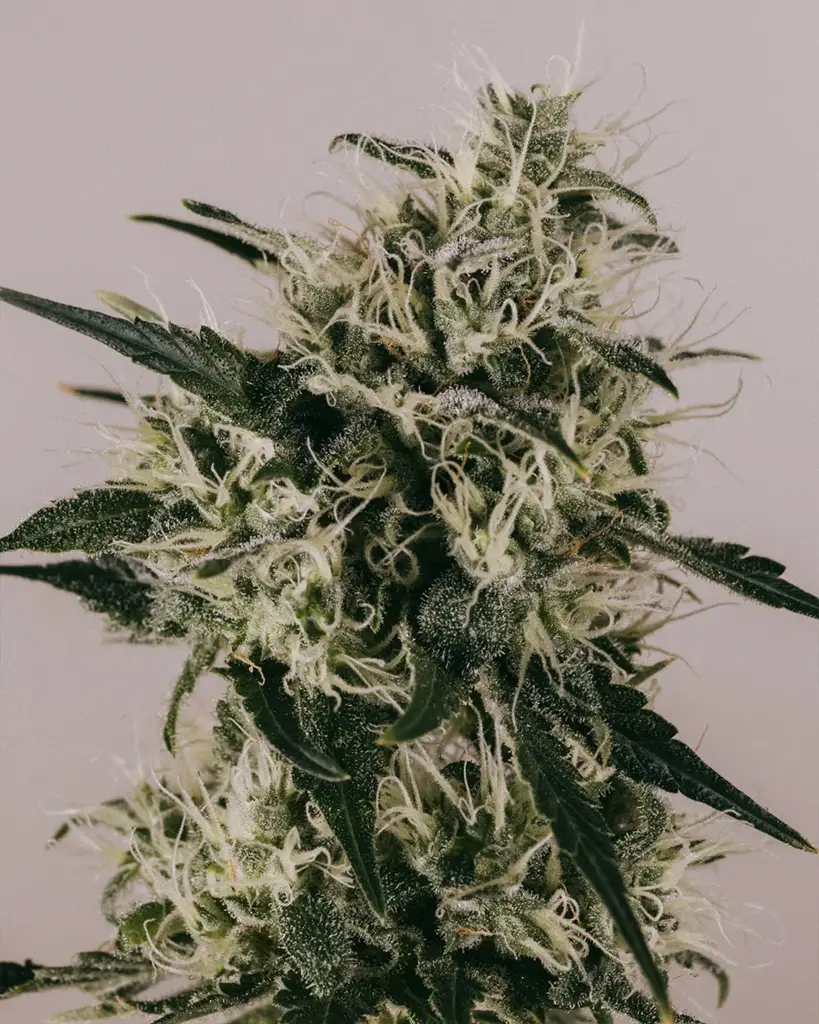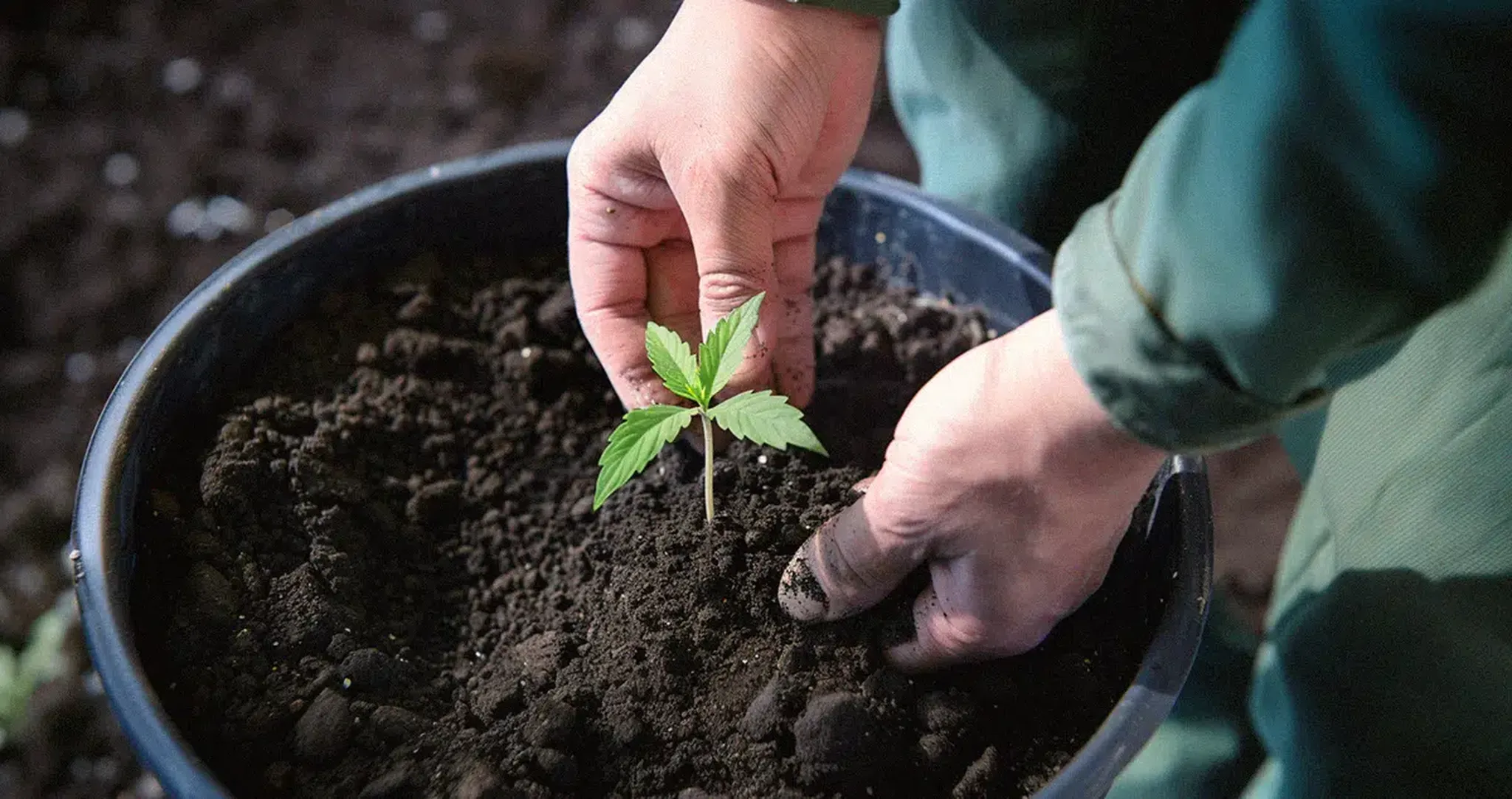
Beginner’s Guide to Compost Tea for Cannabis
If you're wondering how to make top-quality organic compost tea, you'll be surprised at how easy it really is. Here's my beginner-friendly guide on brewing compost tea for cannabis, with clear step-by-step instructions, so that you can make your own compost tea for cannabis.
Table of contents
What Is Compost Tea, and Why Use It With Cannabis?
Compost tea is a living liquid filled with beneficial microorganisms that supercharge your soil. These tiny helpers dramatically boost your plants’ resistance to disease and pathogens, and improve nutrient uptake through healthier roots. Cannabis plants fed with compost tea grow stronger, yield bigger buds, and develop richer terpene profiles. Simply put, compost tea helps your plants reach their full genetic potential, unlocking delicious flavors and powerful aromas.
Compost Tea vs Synthetic Fertilizers
Chemically synthesised nutrients will undoubtedly do the job of feeding your cannabis plants; however, brewing compost tea provides available nutrients that the plants can slowly access anytime they need.
Synthetic fertilizers are like fast food for cannabis plants. Brewing compost tea for cannabis promotes a thriving soil food web, nutrient conversion and billions of beneficial bacteria and fungi that form a symbiotic relationship with the rhizosphere.
Our Bestsellers
Brewing Cannabis Compost Tea: Easy Step-by-Step Guide

Ingredients Guide
A good compost tea recipe for cannabis requires carefully selected ingredients. Consider including these common ingredients when creating your nutrient-rich compost tea.
| Ingredient | Benefits |
|---|---|
| Compost | Use high-quality compost as the foundation of your tea. Compost should be well-aged, free from chemicals or contaminants, and rich in organic matter. Look for organic compost that includes a diverse range of ingredients, such as plant residues, animal manure, and kitchen scraps. |
| Amendments | Enhance the nutrient content of your cannabis plants’ compost tea by adding organic amendments. These include worm castings, bat guano, kelp meal, fish emulsion, and rock dust. Choose amendments that provide a balanced mix of macronutrients (nitrogen, phosphorus, and potassium) and micronutrients. |
| Molasses | Adding molasses to your compost tea provides a food source for beneficial microorganisms. Molasses adds sugars that fuel the growth and reproduction of bacteria and fungi, ensuring a thriving microbial population in the tea. |
| Aeration Agents | To promote oxygenation during brewing, include an aeration agent like an air pump. An actively aerated compost tea maintains an aerobic environment, letting beneficial microorganisms thrive. |
Equipment Needed
 Compost tea being made by one of our forum growers: HippieRunner1
Compost tea being made by one of our forum growers: HippieRunner1
3-gallon bucket
Air pump & air stone
Mesh bag (for ingredients)
2 gallons of unchlorinated water
Organic amendments (from above)
Unsulphured molasses (1–2 tablespoons)
Step by Step
First Grow?

Clean and sterilize your bucket thoroughly.
Place air stone at the bottom, connected to your air pump.
Fill bucket with 2 gallons of unchlorinated water.
Place organic amendments into your mesh bag and submerge in the water.
Add 1–2 tablespoons of unsulphured molasses, stir gently.
Turn on your air pump, check for steady bubbles.
Brew tea for 24–36 hours. A healthy tea will have a foamy surface and a sweet, earthy aroma.
If your tea smells bad (rotten, sour), toss it out immediately and start fresh.
Turn off the air pump, remove the mesh bag, and strain your tea.
Apply immediately within 1–2 hours.
The tea should have a layer of froth on top and have an earthy, sweet smell, indicating that the compost tea is teeming with beneficial anaerobic bacteria.
A foul smell is a clear indication that the tea contains aerobic bacteria. You should throw the tea away, and you will need to restart the process. Always use the tea within a few hours of brewing and avoid letting it go stale.
Compost Tea: Bacterial vs. Fungal Explained
When brewing cannabis compost tea, you'll make either bacterial or fungal-dominant tea, depending on your ingredients. Here’s the quick rundown:
Bacterial compost tea
 Great for the vegetative stage. Quick to brew (around 6–9 hours). Use molasses and worm castings to encourage rapid bacterial growth. These teas boost leaf and stem development and overall vigor during veg.
Great for the vegetative stage. Quick to brew (around 6–9 hours). Use molasses and worm castings to encourage rapid bacterial growth. These teas boost leaf and stem development and overall vigor during veg.
Use in: Vegetative stage
Ingredients: Worm castings, molasses, alfalfa
Benefits: Strong roots, lush foliage, healthy growth
Fungal compost tea
 Ideal for flowering cannabis. Fungi grow slower, so fungal teas require at least 24 hours of brewing. Include kelp meal, bat guano, fish hydrolysate, and humic acid. These teas stimulate larger, denser buds and richer terpenes.
Ideal for flowering cannabis. Fungi grow slower, so fungal teas require at least 24 hours of brewing. Include kelp meal, bat guano, fish hydrolysate, and humic acid. These teas stimulate larger, denser buds and richer terpenes.
Use in: Flowering stage
Ingredients: Kelp, bat guano, fish hydrolysate, humic acid
Benefits: Bigger buds, improved yield, plant resilience
Using Both Types
Switching between bacterial and fungal teas at the correct growth stage gives your cannabis plants the best of both worlds. Bacterial teas tend to be alkaline (higher pH), while fungal teas lean acidic (lower pH), helping you balance soil conditions perfectly.
Feeding Compost Tea to Your Cannabis Plants
Always keep an eye on environmental conditions: Compost tea is best used fresh. Never store it for later use as it's a live liquid and can go moldy if left. First, saturate your soil with plain,de-chlorinated, and pH-adjusted water to help absorption, then measure and dilute accordingly. You can also use it as a drench or foliar spray. I recommend applying it in the early morning or evening to avoid evaporation.
 Fungi compost tea is highly Acidic, whereas Bacterial compost tea is highly Akeline.
Fungi compost tea is highly Acidic, whereas Bacterial compost tea is highly Akeline.
Vegetative stage
Apply tea every 1–2 weeks. Cannabis prefers bacterial-dominant teas at this stage, which are brewed for approximately 6–9 hours. Good ingredients include worm castings, alfalfa, nettles, and molasses.
Flowering stage
Switch to fungal-dominant tea, applied every 2–3 weeks. Brew these teas for a full 24 hours, adding ingredients like bat guano, kelp, fish hydrolysate, and humic acid. Fungus-rich teas support bigger buds, higher terpene production, and robust plant structure.
Stoney Answers Your Questions
Can compost tea burn cannabis plants?
No, unless you apply a highly concentrated or improperly brewed batch.Mixing compost tea with synthetic nutrients?
Technically possible, but not ideal, since it weakens organic benefits. If you must mix, measure carefully.How do I know if my tea has gone bad?
Trust your nose. Sour or rotten smell means it’s gone bad—dump immediately.Can compost tea be stored?
Not recommended. Use your tea fresh, within hours after brewing.Should my brewing equipment be sterile?
Yes. Clean equipment prevents contamination by harmful microbes.Is unchlorinated water mandatory?
Absolutely. Chlorine kills the beneficial microorganisms that make compost tea effective.

Stoney Tark
Stoney Tark, a top cannabis writer & breeder, shares expert tips on growing, breeding & hash making. Author, podcaster & industry voice!



